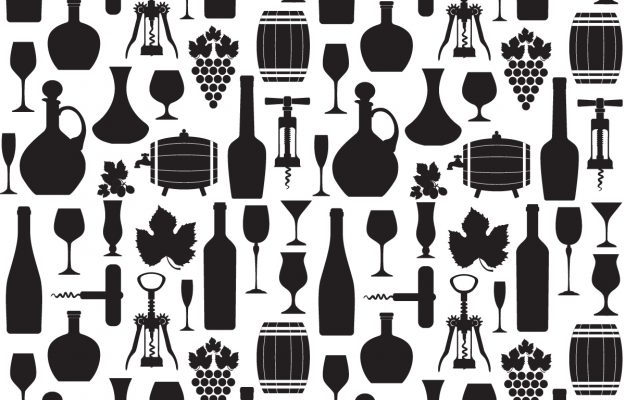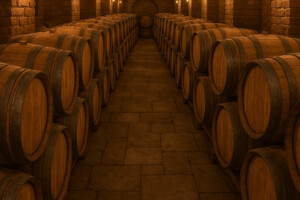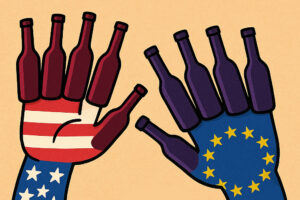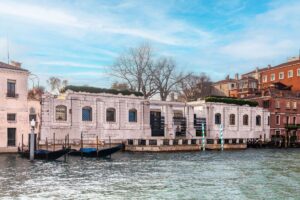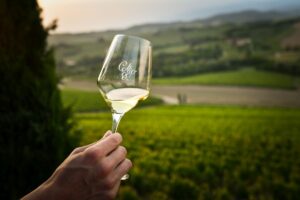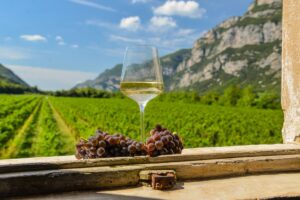Averages, especially when it comes to wine prices, should be taken for what they are: an indication of the market’s direction. Because, especially in a fragmented market like wine, the real prices at which one buys and sells can differ greatly from the synthetic averages due to a variety of factors such as the quality of the batch of wine that is negotiated, the contractual strength (and) of who buys and who sells, and so on. In any case, looking at the Ismea price lists of “bulk” wines, updated in March (ex-cellar, net of VAT and relating to the last vintage on the market), a fairly consolidated trend is confirmed: they grow, or remain stable, but starting from already high values, the values of the reds of the strongest and most noble denominations, while those of lower price suffer a little more; the whites are growing, riding the wave of a market that is increasingly rewarding this macro-category, whose wines more easily meet the demands of many consumers for greater freshness and lower alcohol content; the prices of generic wines are falling, confirming an increasingly stable trend towards the “premiumization” of the market, i.e., neither more nor less, the classic “less but better” drink.
Looking at the prices, let’s start with the reds (among those observed by Ismea), in particular from Piedmont. Where Barolo fetches prices of 920 euros per hectoliter, up by +12.2% on the March 2022 figure, and Barbaresco stands at 700 euros per hectoliter, +16.7% on March 2022. Overall, there is growth also in the “Barbera world”: that of Alba travels at 280 euros per hectoliter (+16.7%), that of Monferrato at 130 (+8.2%), Piedmont Barbera at 120 (+9.1%), while the prices of Nebbiolo d’Alba fell by -6.7%. In Tuscany, on the other hand, Brunello di Montalcino is stable, at 995 euros per hectoliter, Chianti Classico is growing, moving around 315 euros per hectolitre (+8.6%), while Chianti suffers a bit, at 137 .5 euros per hectoliter (-9.8%). In Veneto, instead, the prices of Valpolicella are increasing, to 230 euros per hectoliter (+15%), while those of Bardolino (115 euros per hectoliter) and Bardolino Classico (115) are stable. In Emilia Romagna, on the other hand, if the Sangiovese di Romagna is stable, at 83 euros per hectoliter, the Lambrusco world is not in great shape: if the prices of that of Sorbara are kept stable, at 57.5 euros per hectoliter, they drop those of Grasparossa and Salamino di Santa Croce, at 61.5 euros per hectoliter (-4.7%), and Lambrusco Reggiano is also significantly losing ground at 51.5 euros per hectoliter (-8.8% compared at the price of a year ago). Among the large denominations of the South, Montepulciano d’Abruzzo is also slightly down, at 72.5 euros per hectoliter (-3.3%), while they are lower by -21.1% compared to a year ago the prices of the wines of Castel del Monte, among the largest denominations in Puglia, at 75 euros per hectoliter. Moving on to the whites denomination, and starting again from Piedmont, the prices of Gavi and Cortese di Gavi are sustained, both at 330 euros per hectoliter (+32%), and of Roero Arneis, at 300 euros per hectoliter (+20 %), and the price of Moscato d’Asti grew by +5.9%, to 180 euros per hectoliter.
In Veneto, Pinot Grigio delle Venezie is down, at 110 euros per hectoliter (-4.3%), the prices of Soave (80 euros per hectoliter) and Soave Classico (110) are stable, while the world of Prosecco appears more wavering. Particularly, Prosecco Doc, at 212.5 euros per hectoliter, fell on average by -15.8% on the March 2022 figure, while Conegliano Valdobbiadene Prosecco Superiore Docg grew slightly, at 310 euros per hectoliter (+1, 6%).
In Friuli, the price of Friuli Grave Friulano is positive, up by +8.3% on March 2022, for 130 euros per hectoliter, while in Umbria, if Frascati rises by +4.8%, to 87.5 euros per hectoliter, the prices of Orvieto (97.5 euros per hectoliter, -2.5%) and Orvieto Classico (82.5 euros per hectoliter, -2.9%) are slightly down.
If the Dop and Docg wines, therefore, overall, hold, the prices of the Igt monitored by Ismea are instead in sharp decline, such as Trebbiano in Emilia, down by -17.2% on March 2022, at 4.1 euros per year hectodegree, as well as Igt Lazio, which drops by -15.3%, to 4.15 euros per hectodegree, but Chardonnay in Veneto also loses -5%, which still maintains a price of 6.2 euros per hectodegree . Among the reds, if the -31.5% of Lambrusco Igp Emilia stands out, at 3.7 euros per hectoliter, and the -15.8% of Merlot in Veneto, at 5.05 euros per hectoliter, the +3 1% of Toscana Sangiovese IGT, at 8.8 euros per hectodegree.
Common wines are also down: the prices of whites, in March 2023, are around 3.8 euros per hectodegree, down by -8.1% on March 2022, while reds are listed at 3.69 euros per hectodegree, actually down by -18.9%.
Copyright © 2000/2025
Contatti: info@winenews.it
Seguici anche su Twitter: @WineNewsIt
Seguici anche su Facebook: @winenewsit
Questo articolo è tratto dall'archivio di WineNews - Tutti i diritti riservati - Copyright © 2000/2025










